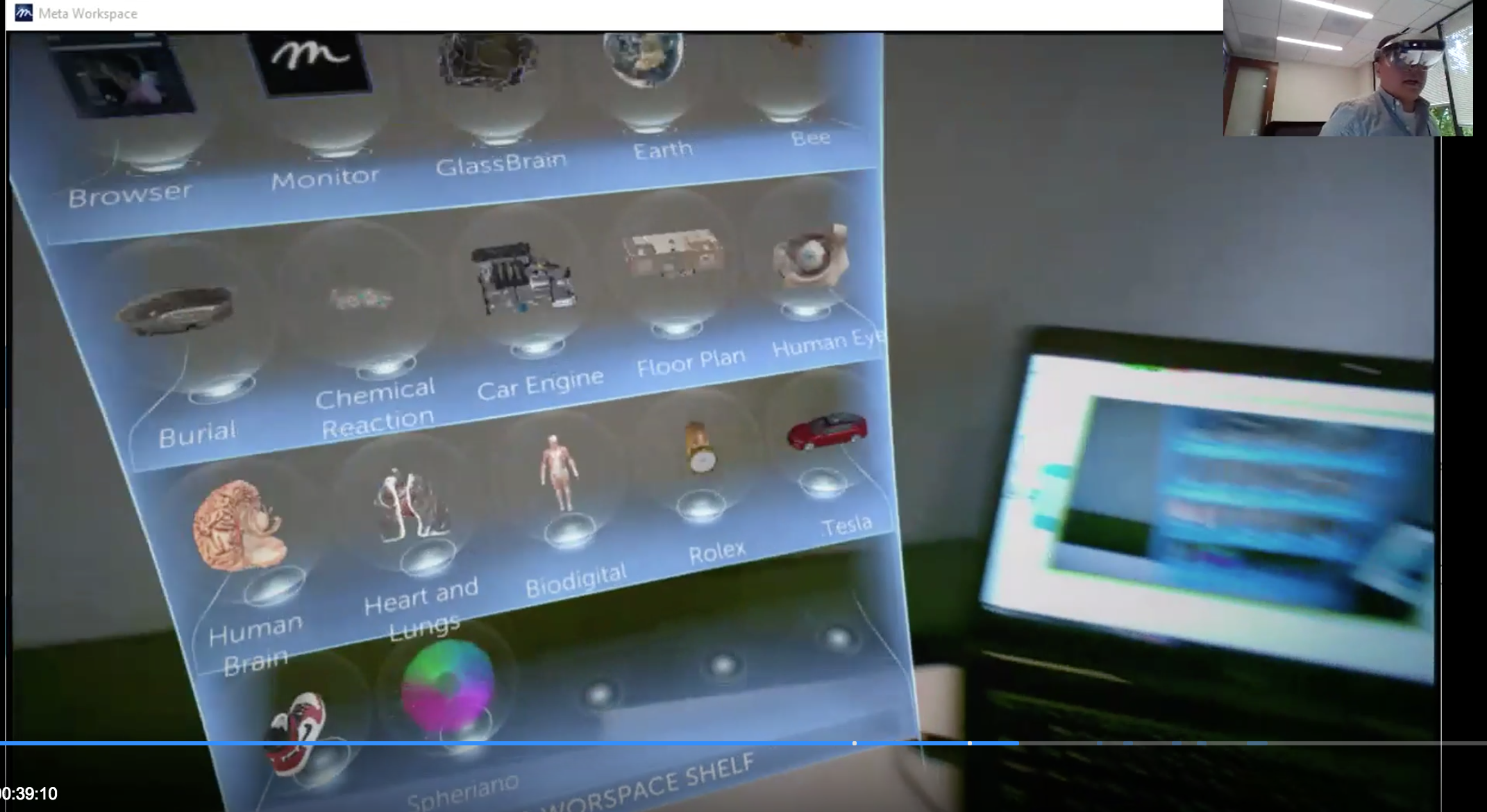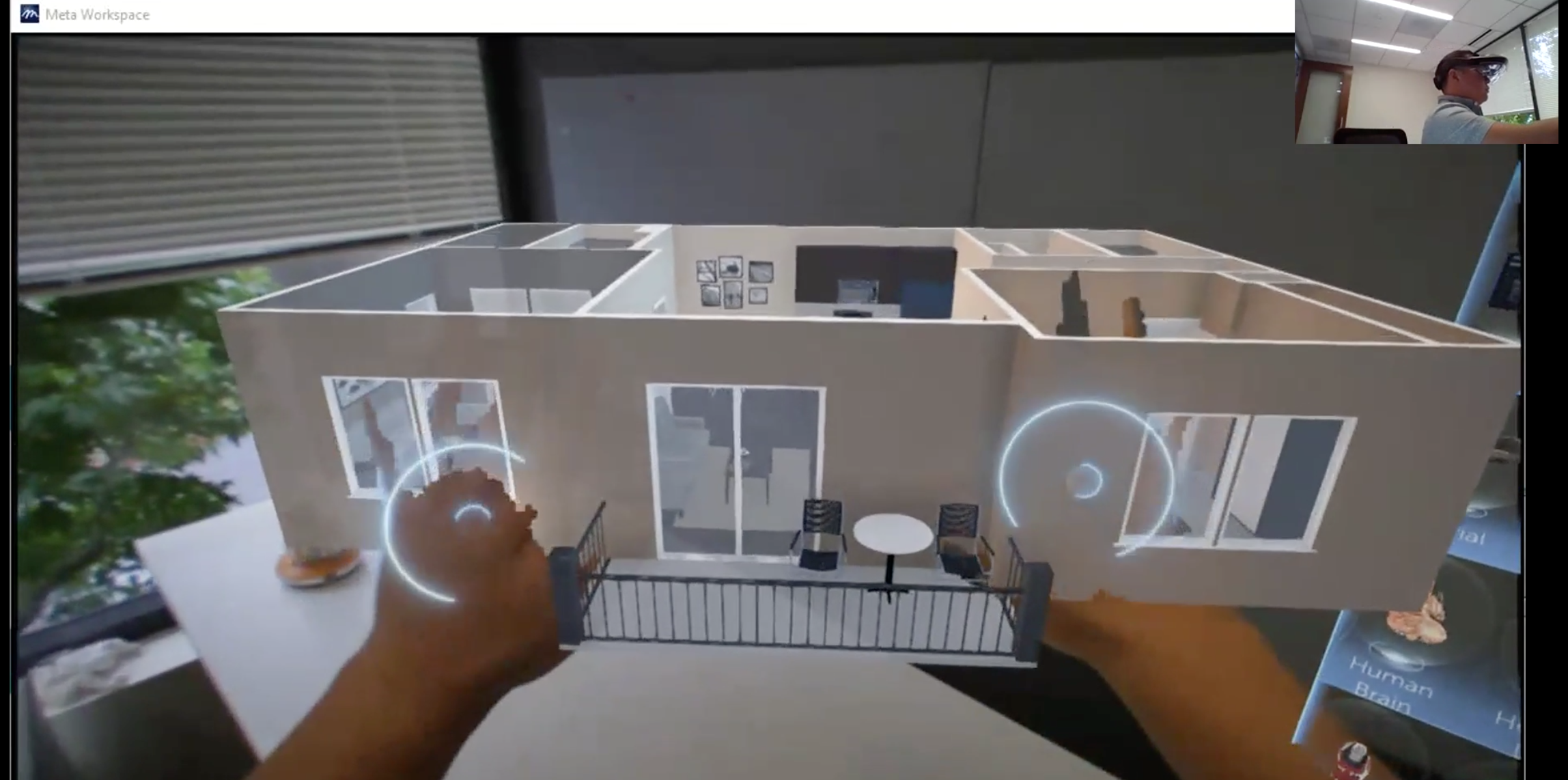(image source: https://blog.teamviewer.com/will-augmented-reality-transform-work/)
In technology today, we are seeing more and more developments with Virtual Reality. Although the technology has been around for decades, the digital progress has lately seen more commercial success, especially with the Oculus and Playstation VR, or even with our mobile devices placed into a headset. VR takes us entirely to different worlds, enabling us to interact with those environments, and has been a prominent success in gaming and simulation scenarios.
But what’s even more fascinating is the development of “Augmented Reality”, or AR. Augmented Reality is a way for us to stay in the environment we’re in but interact with virtual objects within that environment. Pokémon Go is popular example of AR, where we are able to locate and capture Pokémons via the GPS and camera in our phone. We may be sitting in our living room and watch a bouncing Charmander on our coffee table while looking through our mobile device. — You may also be familiar with the controversial Google Glass, an AR device that was in development that would act much like our mobile phone but through a pair of glasses, allowing us to see GPS coordinates, swipe through the weather forecast, messages, etc. as we go throughout our day. Now it is redesigning itself to be utilized in businesses, especially in manufacturing.
But what else does AR do and how can it benefit education? I recently attended a few online webinars on AR and watched how it can be incorporated with video conferencing and higher education. Zoom, the popular online video conferencing software, has teamed up with Meta, an AR company that produces headsets and software. Through video conferencing and wearing the headset, you are able to display and show the meeting attendees virtual objects that have been created. During the webinar, the presenter had a virtual shelf of objects created where he could reach in and pull out an individual object and display it on his desk:
One object was a floor plan created in another software program. As he placed the virtual floor plan on his desk, he was able to look into the model closer at objects, rotate it, etc. This could be a fantastic use for architecture education:
AR can also provide huge opportunities for medical students, construction majors, designers, computer science majors, and many other areas of education. It also acts an as great tool in the workplace, especially in meetings where you can virtually pull up objects and documents to present to a team you may be video chatting with miles away.
Although still pricey, ranging from a few hundred dollars to over a thousand for higher end models, the more development and progress this technology makes, we may see prices significantly going down in the future, much like the virtual reality headsets that have now become more affordable.
It’s an exciting age to be a part of in education with this growing technology and see specifically where Augmented Reality can take us to new levels in our workplace and classroom!
More links to explore with AR and education/workplace:
- Top 5 Architecture AR apps
- Construction and AR: Visual Live 3D
- Augmented Reality in the Classroom
- 32 Augmented Reality Apps for the Classroom From edshelf
- Augmented Reality Comes to the Workplace


